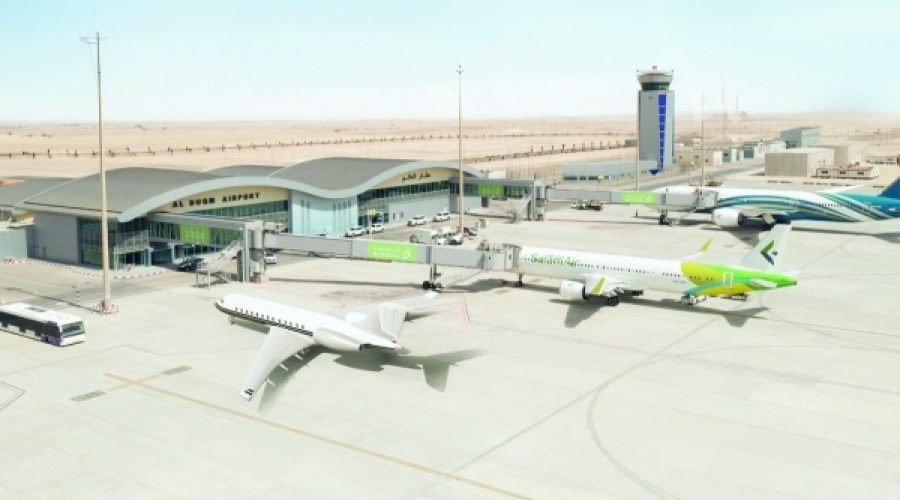Duqm Airport Reports 2.6% Passenger Growth: What This Means for Business and Investment Opportunities in Oman
MUSCAT: Passenger traffic across Oman’s airports—Muscat, Salalah, Sohar, and Al Duqm—reached 10,024,998 by the end of August 2025, marking a slight overall decrease of 0.1 percent compared to 10,015,613 passengers during the same period last year, according to preliminary data from the National Centre for Statistics and Information (NCSI).
Muscat International Airport experienced a modest decline in passenger numbers, down 0.5 percent to 8,757,696 from 8,800,036 the previous year. Flight movements also dropped by 5.1 percent, totaling 62,007 compared to 65,306 in 2024.
In contrast, Salalah Airport showed the strongest growth, with passenger traffic rising by 8.5 percent to 1,208,607 from 1,114,062. Flight operations increased by 4.8 percent, reaching 7,769 against 7,410 last year. This growth was driven by increased demand during the Khareef Dhofar Season and expanding domestic travel.
Sohar Airport saw a significant decline, with passenger numbers plunging 70.3 percent to 18,522 from 62,360. Flight movements likewise fell by 59.1 percent to 202 from 494, reflecting reduced connectivity and flight frequency in the northern region.
Al Duqm Airport maintained steady progress, with passenger numbers rising 2.6 percent to 40,173, compared to 39,155 the previous year. Despite this increase, flights decreased slightly by 1 percent, with 410 flights recorded versus 414 in 2024. This trend underscores Al Duqm’s growing role as an emerging business and logistics hub supporting industrial and port developments in Al Wusta Governorate.
The NCSI report also highlights that Omani nationals constituted the largest group of travelers through Muscat International Airport in August 2025, totaling 223,166 passengers—124,680 arrivals and 98,486 departures. Indian nationals were the second-largest group with 158,075 passengers (84,685 arrivals and 73,390 departures), followed by Pakistanis with 44,437 passengers (23,342 arrivals and 21,095 departures). — ONA
Special Analysis by Omanet | Navigate Oman’s Market
The passenger traffic trends highlight divergent regional dynamics within Oman’s aviation sector: while Muscat and Sohar airports face declines that could signal challenges for business travel and connectivity, Salalah’s robust growth offers a compelling opportunity for tourism and domestic travel-related ventures. Additionally, steady progress at Duqm underscores its rising strategic importance as an emerging logistics and industrial hub, signaling potential for investors to capitalize on infrastructure and economic diversification efforts in Al Wusta Governorate. Smart investors should closely monitor these regional shifts to align investments with growth pockets and anticipate risks linked to decreased northern connectivity.



